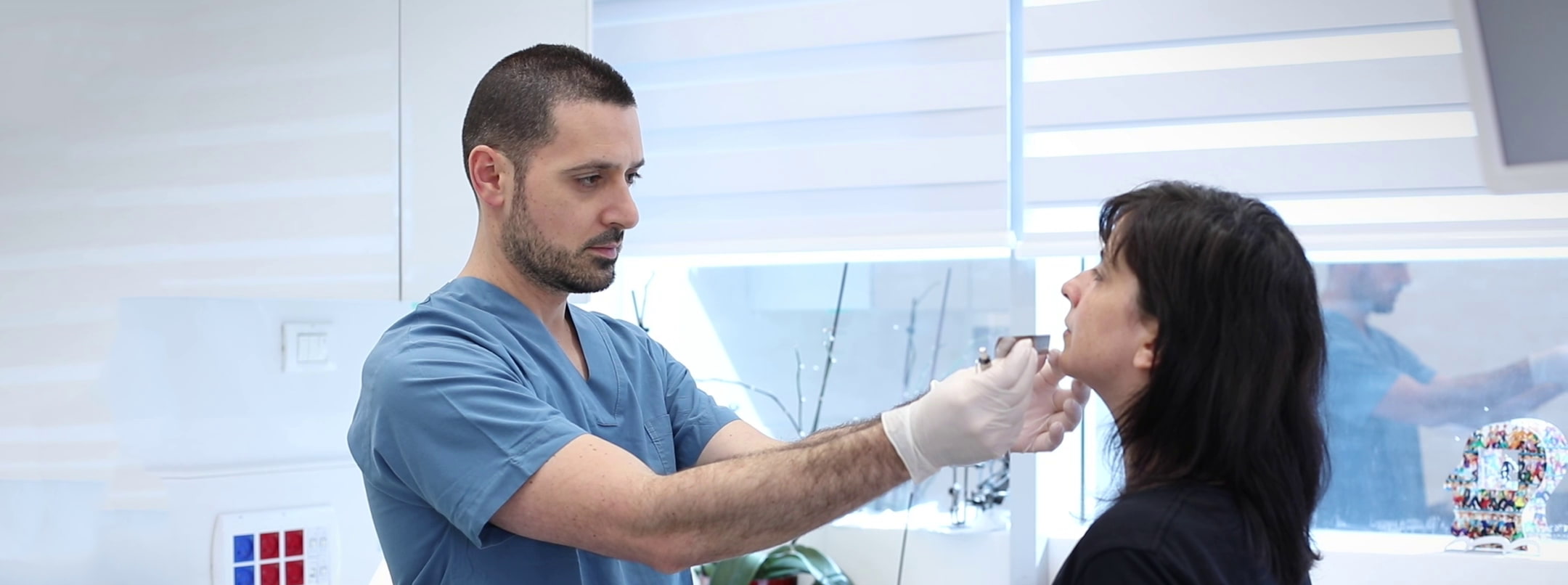
# Nerve Block Procedure
The facial region receives sensory innervation from the trigeminal nerve's three branches and two spinal nerves originating from the cervical spine.
Sensory innervation of the temporomandibular joint area involves two small nerves: the auriculotemporal nerve and the masseteric nerve.
Local anesthesia targeting these nerves can serve both diagnostic and therapeutic purposes in addressing chronic nerve pain. In cases of prolonged pain resistant to conservative treatments, a nerve block becomes a viable option. This procedure involves injecting a local anesthetic, often combined with a steroid, at the origin of the affected nerve.
During the procedure, a needle is carefully inserted near the nerves responsible for the sensory perception of the painful area. The injected solution, with or without a steroid, aims to reach the outer sheath of the nerve, known as the perineurium, allowing the solution to penetrate the nerve fibers.
Patient response to the operation aids in diagnosis and guides future treatment plans. The procedure is generally considered safe and is typically conducted under local anesthesia or light sedation. While the anesthesia wears off after a few hours, the pain relief tends to endure for an extended period. Frequent repetitions, usually every few weeks, are common to enhance the pain-relieving effect.
In certain instances, pain may stem from a combined disorder, such as prolonged osteoarthritis of the temporomandibular joint leading to nociceptive nerve pain, or a combination of myofascial muscle pain and nerve pain. In such scenarios, a comprehensive approach combining various treatments may be necessary to achieve satisfactory relief for the patient's complaints.






